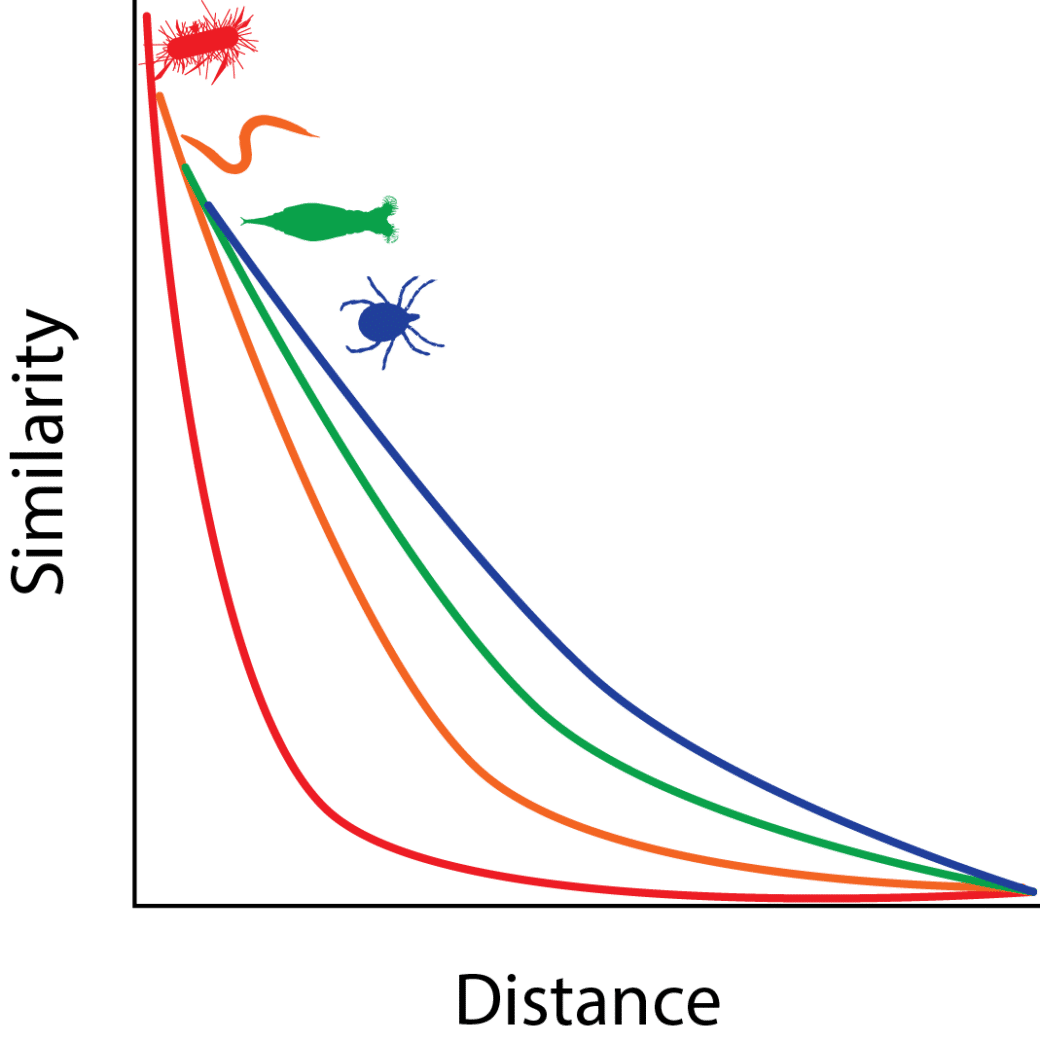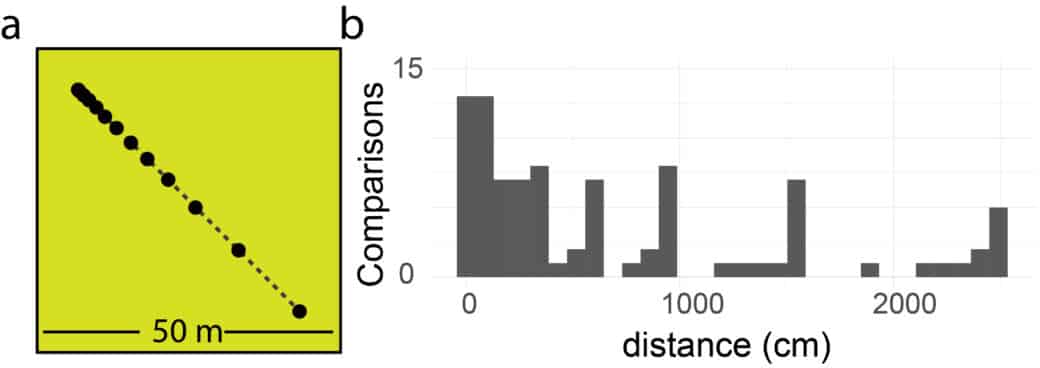Spatial assembly in soil microbial communities across scales, land cover, and land use

Understanding the drivers of community assembly across scales is a central aim of ecology. Despite rapid developments in our understanding of soil microbial ecology, there is still a lack of research on the dynamics of soil microbes at scales that approach their dispersal ranges (cm). This project aims to determine the factors which shape fungal, bacteria, and eukaryotic communities in soil across scales, from cm-km.
We hypothesize that soil organisms will follow similar scaling patterns as those observed for other biodiversity, but that this scaling will depend on dispersal traits and body size. Furthermore, we expect that the drivers of soil communities will depend on the scale of observation
Using both of these datasets, we will answer:
- How does sample size and distribution affect plot-level diversity estimates?
- How are the DDR and TAR in soil microbiota affected by land use, landscape, and dispersal properties (i.e., flagellation in prokaryotes and body size in eukaryotes) at microscales? And
- How does the importance of the four main assembly processes change with sampling scale, and how does human influence (e.g., land use and historic land use, land use intensity, population density, etc) result in biotic homogenization across scales?
This project will shed light on the assembly of soil biota at small scales while providing guidelines on the optimal spatial sampling of soil microbial communities.
To this end, we will sequence the 16S and 18S rRNA genes and ITS region of individual soil cores obtained along a nested, fractal transect within each of the Biodiversity Exploratories’ plots of high research intensity. The sampling design allows the combination of our data with the data produced by the 2023 Core soil sampling campaign.










